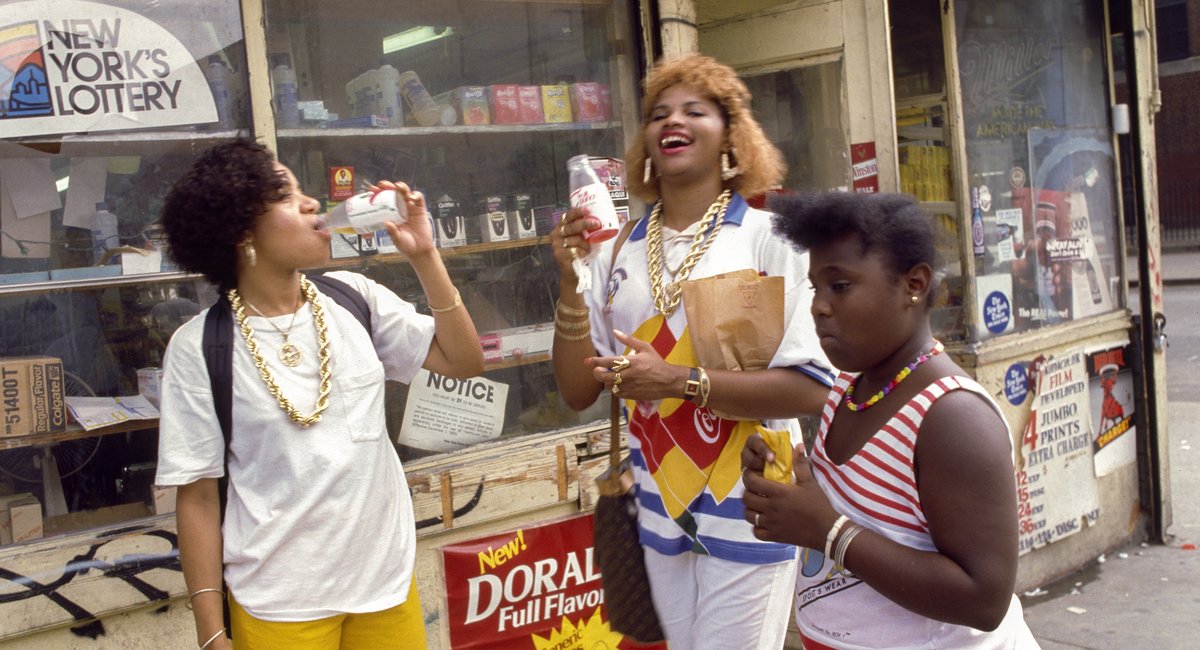Urban and street photography took shape alongside New York City’s financial crisis of the 1970s, as creatives sought ways to capture the undercovered vibrancy of communities. Hip-hop, an explosive new culture of music, art and dance, had just begun to emerge in the west Bronx early in the decade.
“There’s a lot of deterioration in the city,” said Joseph Heathcott, a professor at The New School who studies urban culture. “But at the same time, there are these subcultures that explode onto the scene, like hip-hop. It’s all also wrapped up with the movements that occurred into the ‘70s around political identity.”
From the very start, a continuous love affair formed between hip-hop and the photographers who’ve documented it. That deep bond, which endures today, is the subject of “Hip-Hop: Conscious, Unconscious,” an exhibition that just opened at Fotografiska New York. In it, curators Sacha Jenkins and Sally Berman attempt to condense the extensive history of a musical and cultural scene that will hit its 50th anniversary this August into an encyclopedic two-floor show.
“Hip-Hop: Conscious, Unconscious” celebrates the 50th anniversary of hip-hop with an encyclopedic show of vital images.
Dario Lasagni for Fotografiska New York
“Hip-Hop: Conscious, Unconscious” runs from the early days of the culture to the musical genre’s current eminence, as captured by photographers like Jamel Shabazz, Diwang Valdez, Campbell Addy, Adama Delphine Fawundu and many more. Images of street gangs, graffiti artists and break dancers occupy the exhibit’s first half. As viewers move through, they see the emergence of rap pioneers like Public Enemy and Slick Rick, the genre’s growing dominance as a commercial entity and, finally, a slew of images representing nearly every generation and regional scene.
Meredith Breech, exhibitions manager at Fotografiska, says the show differs from the museum’s usual offerings of mostly fine art photography. “This one is sort of looking at this piece…
Read the full article here

Leave a Reply